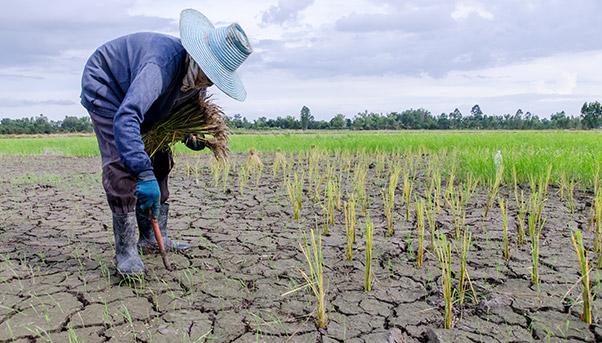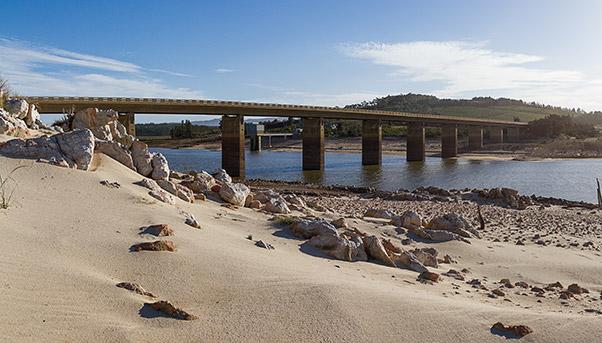
In Saudi Arabia from 2002 to 2016, 6.1 gigatons of stored groundwater were lost each year (enough to fill 400,000 Olympic swimming pools); in the Xinjiang province in northwestern China, 5.5 gigatons of terrestrial water are lost per year.
Two stories seemingly unconnected to one another, but united by a common crisis and the same reason: an careless use of water for agricultural irrigation.
This is one of the main reasons why there is less and less available water in the world, a common feature in many countries that is often combined with other critical events, like overpopulation, climate change, inefficient water management in many countries where pipelines are inadequate, underuse of desalination and purification plants.
All of this has a price: currently nearly 5 billion people live in areas where there is a persistent threat of water shortage.
This round and alarming number was revealed in an unprecedented scientific study conducted by using satellite data from the National Aeronautics and Space Administration (NASA). The results were published on May 16 in the international academic weekly Nature Journal, which launched the alarm and, addressing the issue of future risks, said «(It is) a situation that will only be exacerbated by climate change, population growth and human activities».
The environmental challenge of the century
Fourteen years of satellite images and 34 regions of the planet examined with a fine-toothed comb. The team, led by Matt Rodell of NASA’s Goddard Space Flight Center in the United States, carefully analysed all the available data and put together a “crisis map,” highlighting certain areas in particular as being at risk such as northern India, the North China Plain and the area surrounding the Caspian Sea, along with areas that are already well-known for lack of water.
Overall, the study demonstrates that the problem is growing, which indicates sustainable management of water resources could become the key environmental challenge of the century.

Should governments fail to take steps to ease the pressure on water supplies, the outcome could result in war, the study warned. «Policies that incentivize water conservation could help to avert a scenario of wars between states to control groundwater resources».
The article – and an accompanying press release from NASA – was quick to grab headlines throughout the world.
The team said it hoped the study’s findings would spur governments to act. «(The) data provide motivation for multilateral cooperation among nations, states and stakeholders, including development of transboundary water-sharing agreements, to balance competing demands and defuse potential conflict».
Just a little water for all
Although water covers 71% of the Earth’s surface, only 4% is freshwater, and only 0.5% of that is actually suitable for human consumption, according to the United Nations. The effect of warming temperatures and other causes of water depletion is already dramatically evident. In Cape Town, South Africa, years of drought has forced the city to call on residents to ration water to avoid the risk of their taps running dry.
What it found was that freshwater availability was changing as wet land areas, like North America and Eurasia, were getting wetter and dry one are suffering from increased incidences of drought.
«What we are witnessing is major hydrologic change», said one of the study’s authors, Jay Famiglietti of NASA’s Jet Propulsion Laboratory in California.
This radicalization of weather patterns is due to climate change, but also to water management by humans, which is more efficient and responsible in some regions than in others.
The United Nations has also taken note, declaring 2019 as the first year of the International Decade for Action. It wants to encourage countries to meet one of the goals of the 2030 Agenda for Sustainable Development: water and sanitation for everyone.

